Nothing in Basket!
There is plenty to do in a wildlife garden in June, from topping up bird baths to building amphibian hidey holes.
June is going to be another busy month for garden wildlife. Birds are looking for caterpillars to feed their chicks. Bees, moths, butterflies and many other pollinators are now sunning themselves or feeding on all the available nectar. If you are lucky to have hedgehogs visiting your garden they will be foraging for caterpillars and beetles for their young. This years amphibians will be leaving your garden pond for the first time, and seeking a cool damp shelter.
Here's a list of jobs you can be getting on with:

When it's hot bird baths can soon dry up, check them regularly throughout the day and top them up when needed. This lets the birds get a much needed drink and somewhere to bath. Clean feathers help the birds to regulate their body temperatures as well as helping them to fly from predators. If you have cats visiting your garden, place bird baths off the ground.
Sparrows and wrens enjoy a dust bath, if your soil isn't fine like sand you could always create a small sandy area for them to enjoy.
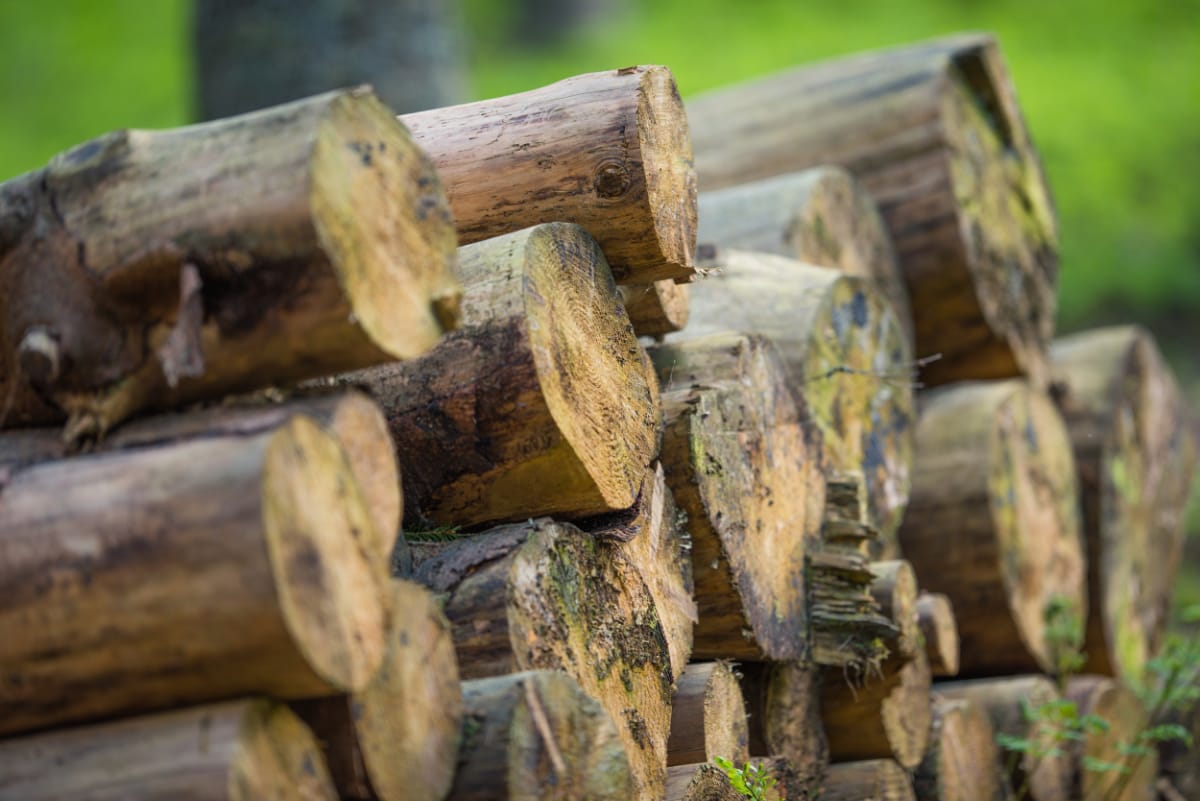
Find a shady corner in your garden and half bury the bottom layer of some logs, pile the rest on top and fill nooks and crannies with fallen leaves and moss.
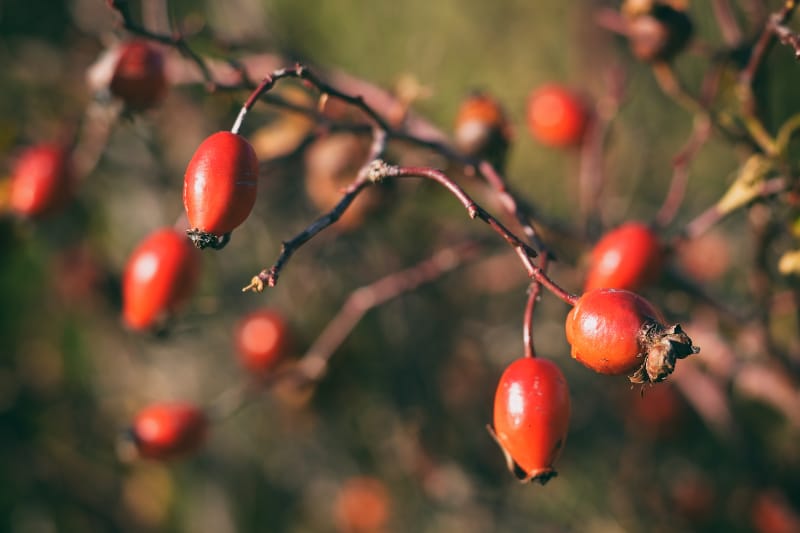
If you deadhead a plant to get more flowers, you'll stop the plant from producing seeds.
Don't dead head your roses and allow them to produce lovely red hips which the birds and small mammals will enjoy eating throughout the winter.

It goes without saying, if you want bees, butterflies and other pollinators then you need to plant flowers they are going to adore, such as:
Variety is key. Wildflowers as well as cultivated species of nectar and pollen rich plants are good choices. Also natives (they have been in England a long time so don't mind the climate) as well as non-natives (brought in to England accidentally, or intentionally for cultivation purposes) are both great especially with climate change, use plants that will grow well in the soil you already have, you'll save lots of money on soil cultivation and should have a lot more plants survive (right plant + right place = success).
Avoid double flowers when creating a wildlife garden, pollinators prefer single petal flowers as the double petals make the nectar inaccessible to them.
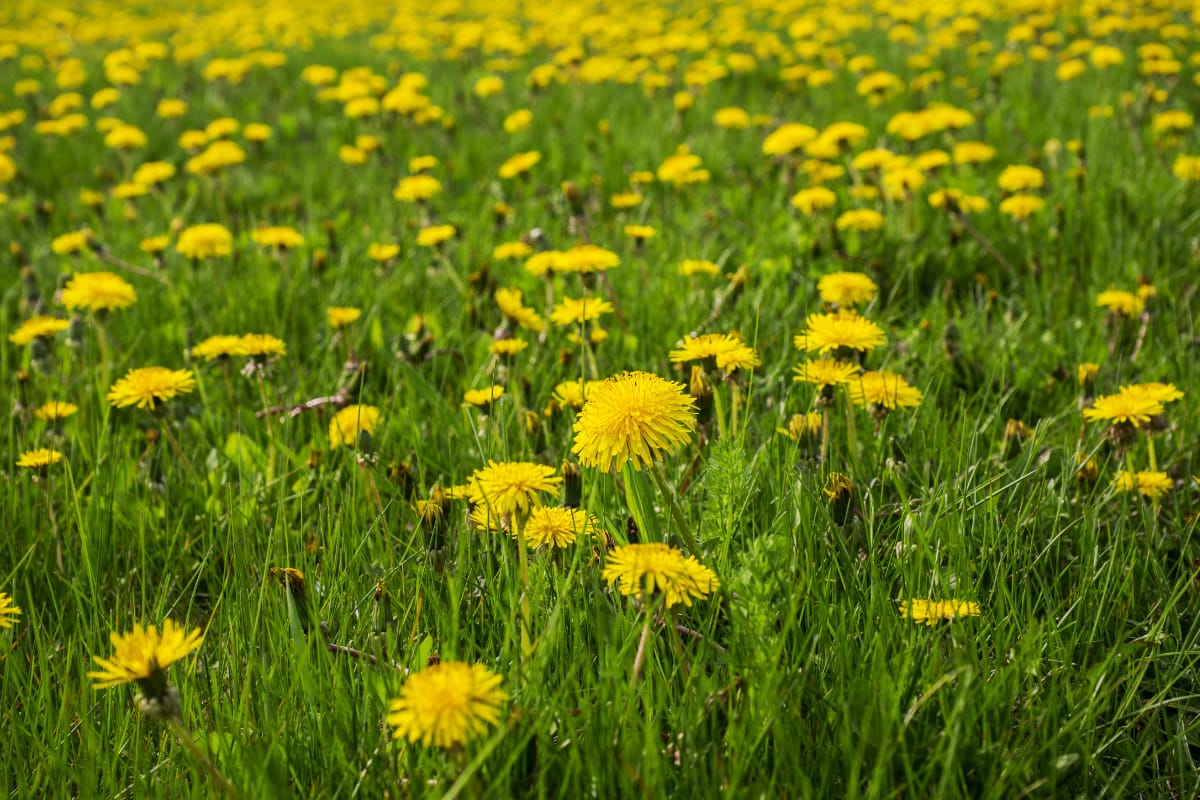
It's fine to cut your grass, some animals prefer short grass. But having three levels of growth is so much better as it caters to different species of wildlife. Sometimes what we may view as a weed is actually a wildflower or herb. Wildflowers are endangered and may well disappear from our landscapes, to help them survive leave grass to grow long and wait to see what flowers start to appear.
It won't be long before butterflies and moths start to breed in your longer grass, and you may even start to see grasshoppers.
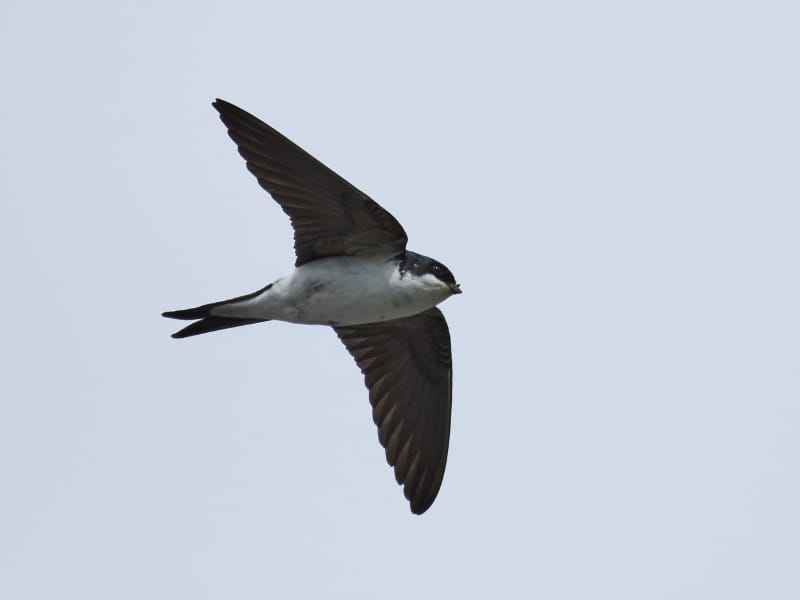
In dry summers, house martins, struggle to build and repair their nests because they use wet mud.
I have a dish of mud mixed with water in the garden, not only do the house martins enjoy it, blackbirds rummage around in it and take some for nesting material, as well as mason bees using the mud for their nests.
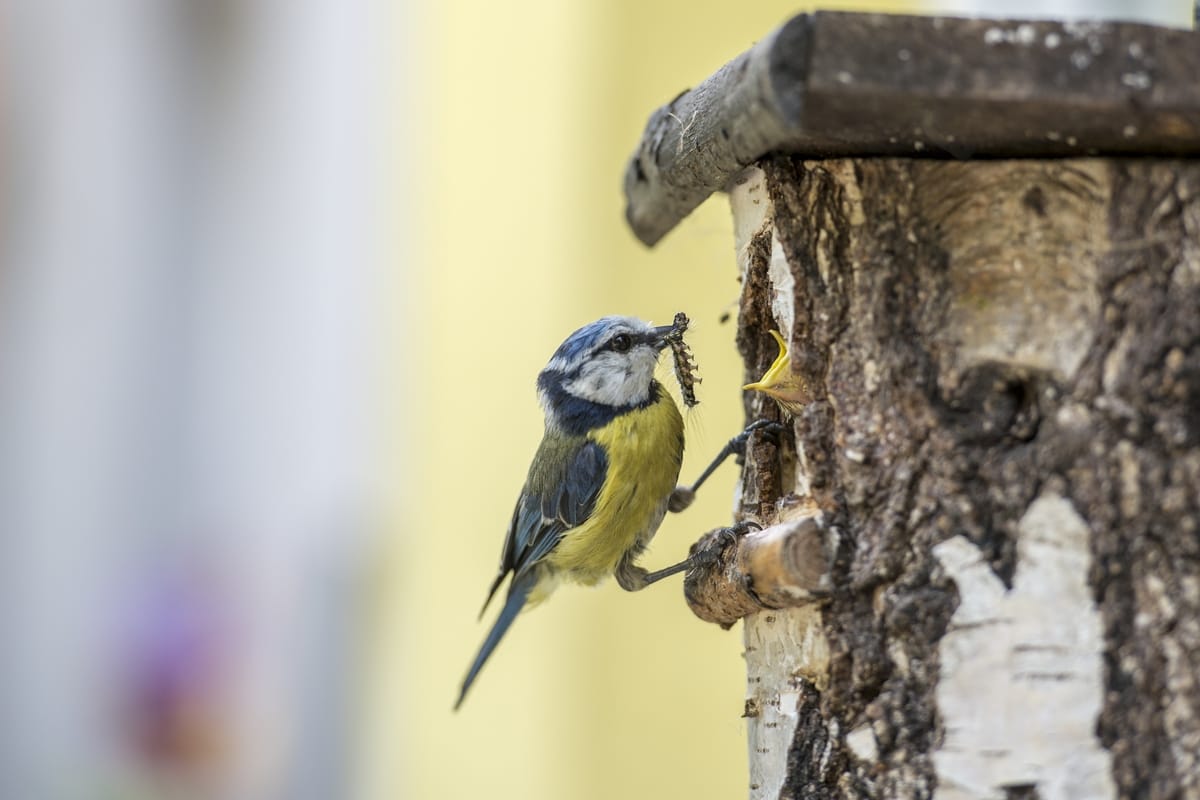
If the baby is sitting underneath a hedge or hidden, leave it where it is. The parents leave the fledglings in safe places while they go off to find food for them. If you hang around the fledgling you may put off the parent coming back and feeding it. However, if you find a poorly feathered or naked chick, it has a slim chance of survival and might have been rejected by the parents.
Turn your garden lights off! Moths are attracted to lights, they will waste energy dancing around your lights, that could be used looking for food. You will also alter the hunting patterns of bats and some birds who will be drawn to lights with the expectation of finding moths to eat, instead of them staying in their natural habitats.
Happy Wildlife Gardening this June.
Keep areas of your grass long, this gives insects somewhere to hide, rest and lay eggs.
Wildlife gardening jobs for January
Wildlife gardening jobs for February
Wildlife gardening jobs for March
Wildlife gardening jobs April
Wildlife gardening jobs May
Wildlife gardening jobs July
Wildlife gardening jobs for August
Wildlife gardening jobs for November
Wildlife gardening jobs for December
How to attract birds to your garden
How to attract bees to your garden
Sowing and growing wildflowers
Nothing in Basket!
